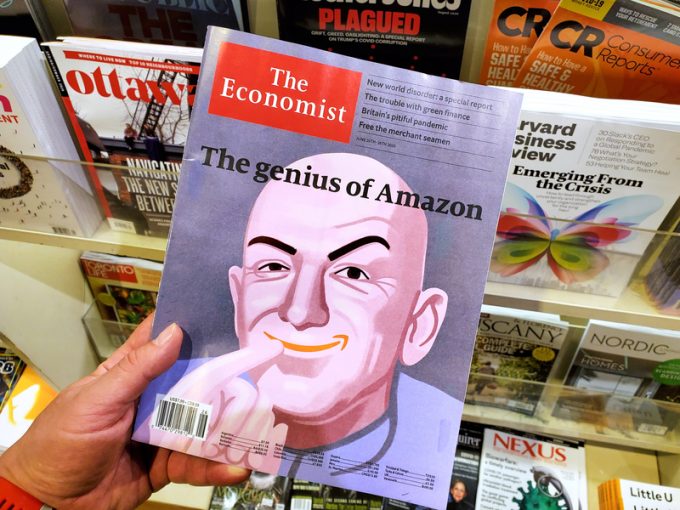Fred Smith – the man who made the impossible, possible
A bright legacy

In the third of a four-part series, Stan Wraight, president of air cargo consultancy SASI, takes off the gloves to explain how airlines, airports and handlers can innovate. “Do you think Jeff Bezos of Amazon, Jack Ma of Alibaba or Fred Smith of FedEx made ...
CMA CGM South Korean staff strike over bonuses after bumper 2024 profit
MSC switches two more Asia-Europe port calls from congested Antwerp
CMA airline returns two freighters, while ANA takeover of NCA looms
Nightmare for Bangladeshi exporters as congestion and tariffs bite
Tradelanes: Export boom in Indian sub-continent triggers rise in airfreight rates
Front-loading frenzy has made traditional H2 peak season 'unlikely'
Mexican airport modernisation plan unlikely to boost cargo facilities
Carriers introduce surcharges as congestion builds at African ports

Comment on this article